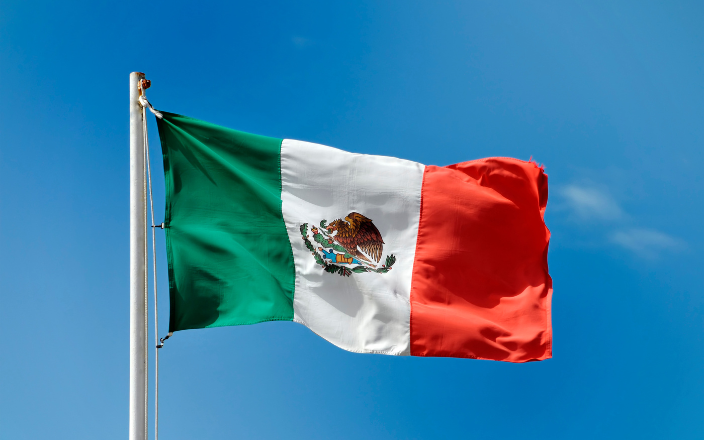The Mexican poultry industry has faced significant challenges in recent months, with a notable decline in chicken imports during the first quarter of this year. This trend has raised concerns among industry stakeholders and policymakers. In this article, we explore the reasons behind the drop in imports, its impact on the local market, and potential implications for the future.
Factors contributing to the decline
Several factors have contributed to the 11% decline in chicken imports:
- Supply chain disruptions: The ongoing global supply chain disruptions caused by the COVID-19 pandemic have affected the import of various goods, including poultry products. Delays in shipping, port congestion, and labor shortages have led to reduced availability of imported chicken.
- Domestic production increase: Mexico has made efforts to boost domestic chicken production. Local poultry farms have expanded their operations, resulting in higher output. As a result, there is less reliance on imported chicken.
- Trade policies and tariffs: Changes in trade policies and tariffs can significantly impact import volumes. Recent adjustments to import duties and regulations may have discouraged some importers, leading to a decrease in chicken imports.
Impact on the local market
The decline in chicken imports has both positive and negative implications for the Mexican market:
- Price stability: With reduced imports, local chicken producers have an opportunity to stabilize prices. Lower reliance on foreign suppliers means that fluctuations in international markets have less impact on domestic prices.
- Challenges for processors and retailers: Chicken processors and retailers who heavily relied on imports are now facing challenges. They need to adapt to the changing landscape by sourcing more locally or diversifying their product offerings.
- Consumer behavior: Consumers may notice slight price fluctuations at the grocery store. However, the overall impact on consumers’ wallets is likely to be minimal. The availability of locally produced chicken ensures a steady supply.
Future outlook
While the decline in imports is a concern, it also presents opportunities for the Mexican poultry industry:
- Investment in domestic production: Continued investment in domestic chicken production can strengthen the industry’s resilience. Modernizing farms, improving biosecurity measures, and enhancing feed efficiency will be crucial.
- Diversification of suppliers: Importers should explore alternative sources for chicken imports. Diversifying suppliers can mitigate risks associated with overreliance on a single country or region.
- Collaboration with government: Industry associations and government agencies should collaborate to address challenges related to trade policies, logistics, and market dynamics. A strategic approach can help maintain a balance between domestic production and imports.
In conclusion, the decline in chicken imports in Mexico reflects a complex interplay of global factors, domestic policies, and market dynamics. While challenges persist, the industry has an opportunity to adapt and thrive by focusing on sustainable growth and resilience.
Sources: Available upon request.

